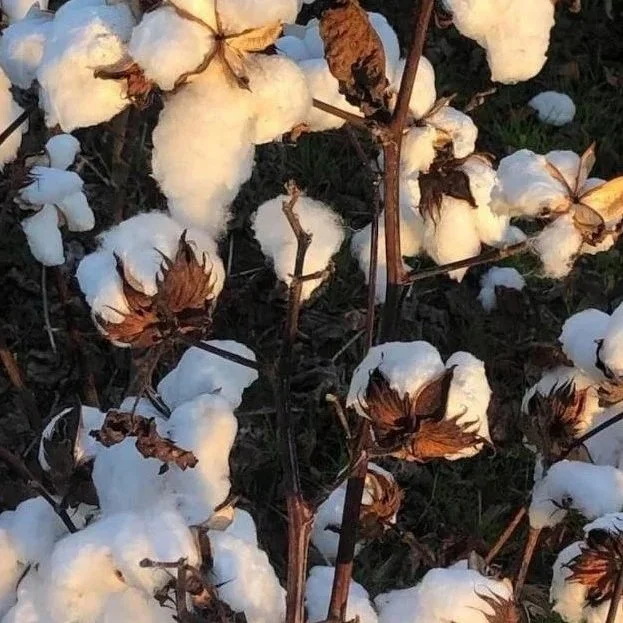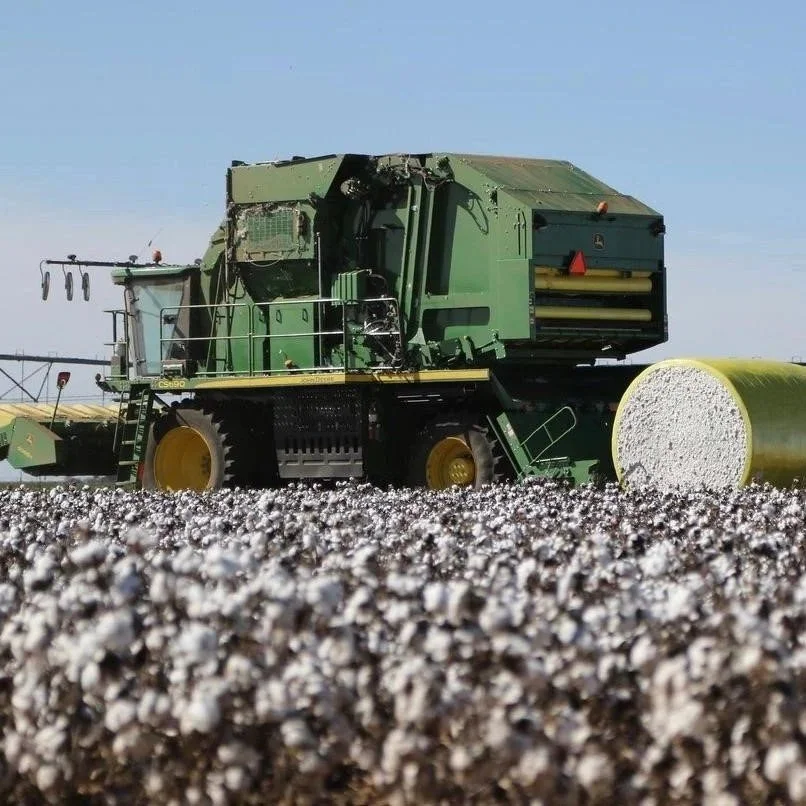The National Cotton Council recently launched an innovative campaign called Plant Not Plastic aimed at addressing the growing concerns surrounding microplastics and their impact on human health and the environment.
Read MoreThe nearby March contract, as expected, closed the week in search of the expiring December contract’s 62-64 cent level. The contract made its first weekly close below 64 cents, closing at 63.91 cents. It fell below the 10-day trading range, losing 78 points on the week.
Read MoreCotton continues to get hammered. Or call it by any name you wish. The impact of the government shutdown continues, as now in the third week of November, USDA finally released its export report for mid-October. They will catch up, but very slowly. Nevertheless, the reports are revealing nothing that the market had not previously told us—very little export demand even at fire sale prices. There will be no surprises in the historical data.
Read MoreThe U.S. Cotton Trust Protocol, the leading program for responsibly grown U.S. Cotton, today released its 2024/25 Annual Report, a pivotal five-year milestone confirming its more than 1,500 grower members have achieved meaningful gains across all six of its sustainability metrics against a 2015 baseline.
Read MoreWe are nearing the very end of cotton harvest here in Louisiana, with the exception of a some later planted acres. So far, growers have reported picking around 1,200 lbs. to 1,600 lbs., with some reports nearing or surpassing 2,000 lbs. per acre. We will have a better estimate on a state lint yield average once turnout numbers start rolling in. Regardless, we are looking well on track to smash the state yield average from the past few years.
Read MoreCotton continues to get hammered. Or call it by any name you wish. The impact of the government shutdown continues, as now in the third week of November, USDA finally released its export report for mid-October. They will catch up, but very slowly.
Read MoreCotton prices continue to back and fill, which is excellent compared to the downtrend of recent months. Any “filling” implies the market found its price bottom.
Read MoreKade McMahon glides atop a field of bleached cumulus tufts. With a joystick, he steers a set of massive yellow teeth that gobble the white like a snowplow. Summer has again overstayed its welcome in northeast Louisiana, but McMahon is sealed from the hot and dusty air, sitting comfortably inside an air-conditioned cotton picker.
Read MoreWillis Nelson, a third-generation farmer in eastern Louisiana, was hoping to avoid the worst.
The 38-year-old farms 4,000 acres in Sondheimer with his brothers and father. They grow row crops such as corn, cotton, and soybean, which are the leading U.S. agricultural exports that are sold to a global market.
Read MoreThe market marches on. We will not know if the absence of government reports had a direct impact on the market until reports begin anew. Likely, the impact will be minor and meaningless. Yet, who knows?
Read MoreIn Louisiana, the 2025 cotton crop is the smallest crop on record, but on the flip side, the yields have been strong. LSU AgCenter correspondent Craig Gautreaux has this report from northeast Louisiana.
Read MoreThe Cotton Board and Cotton Incorporated 2024 Annual Reports are now available online. The annual reports for both companies include letters from the respective chairman, departmental highlights, detailed financial information, and board rosters.
Read MoreSpecialists with the Mississippi State University Extension Service are monitoring the spread of a newly detected invasive pest in the state that could threaten future cotton yields.
The two-spotted leafhopper, also known as the cotton jassid, was first found in a Hinds County cotton field Sept. 8. It has since been confirmed in Noxubee, Neshoba, Oktibbeha and Forrest counties.
Read MoreFollowing USDA guidelines regarding the current government shutdown, the National Cotton Council (NCC) has analyzed and listed the status of programs and operations most relevant to the U.S. cotton industry.
Overall, the NCC anticipates that most USDA activities will be shut down or scaled back, and nearly half of USDA’s employees will be furloughed. However, most activities supported through mandatory appropriations or user fees will remain in operation.
Read MoreEarly indications are that foreign cotton producers will reduce the area devoted to cotton production in 2026. However, the mass of planted area reductions would come from major foreign producing countries, as U.S. plantings should see a minimal increase due to an abnormally low carryover in the U.S.
Read More














